
Veteran fresco restorer Li Bo and his protege Li Can examine a mural at the Mogao Caves in Dunhuang, Gansu province. (Photo provided to China Daily)
Time has taken its toll on the ancient Mogao Caves in Dunhuang, Gansu province, famed for their exquisite murals and painted sculptures.
The UNESCO World Heritage Site is a treasure trove of Buddhist art spanning 1,000 years, and serious efforts are being made to save this precious piece of history.
Carved into the cliffs above the Dachuan River, the Mogao Caves, a complex of 735 grottoes ranging from the fourth to the 14th century, are the product of the cultural exchanges that took place over centuries on the ancient Silk Road.
President Xi Jinping visited Mogao and the Dunhuang Academy on Aug 19, 2019. "The research into and promotion of Dunhuang culture help reveal the cultural spirit, cultural vision and cultural confidence of the Chinese nation," Xi said. He called for building the academy, a renowned institution dedicated to the study and conservation of the Mogao Caves, into the epitome of World Heritage Site protection and Dunhuang studies.
Since then, immense efforts have been made by the academy to expand its horizons.
Zhao Yanlin, deputy director of the archaeological research institute of the Dunhuang Academy, is now busy with the publication of the second volume of comprehensive archaeological reports pertaining to the Mogao Caves.
It has taken 13 years to prepare the 300,000-character report, which includes every detail of caves 256, 257 and 259, covering the period ranging from the Northern Wei (386-534) to the Northern Song (960-1127) dynasties. The report will be officially released later this year.
Zhao said, "The report may be the most accurate study of the Mogao Caves so far. Once released, it will greatly facilitate future studies."
The upcoming report contains analyses of the building materials and organic matters found in the caves. Every inscription on the walls, every animal bone found, every old photograph taken of the caves is included in the report to help understand the evolution of the caves.
Archaeological investigations in the Mogao Caves began in the 1960s. The plan to draft detailed archaeological reports took shape in 1994, and the inaugural volume of the report, covering caves 266 to 275, was published in 2011.
The Dunhuang Academy's mission is to publish 99 volumes of archaeological reports covering all the caves, according to Zhang Xiaogang, deputy director of the academy, who is in charge of archaeology.
"The work is very hard and energy-consuming," Zhang said. "It can be a long journey. We initially thought it would take centuries to finish that kind of work."
However, with a strong squad and new methods in place now, the work is expected to move much faster. The archeological research institute of the Dunhuang Academy now has a 20-member, full-time research team.
In 2021, the National Cultural Heritage Administration released a guideline for covering archaeology of grotto temples. In keeping with the guideline, two more volumes of archaeological reports on the Mogao Caves will be published by 2035.
AI to help
An ongoing digitization project of the academy has so far covered 290 caves of Mogao. Thanks to the use of artificial intelligence, researchers are coming across new finds more easily than before.
"AI technology can help to recognize, categorize and analyze similar scenarios or patterns of murals in various caves," said Zhou Yanlin, a researcher at the academy.
For archaeologists working at Mogao, the scope of work now goes beyond just the interior of the cave. A better understanding of the site and its surrounding areas is bound to reveal more about the golden age of the Silk Road.
The Dunhuang Academy established its own archaeological excavation squad in 2018. Since last year, Zhao has led his team to conduct excavations at the Tianwang Tang (Hall of the Heavenly Kings) ruins. With little known about their origins and their importance in Buddhist architecture studies, the ruins have long attracted researchers.
Zhao's team unearthed the outer architectural foundation of the hall. Murals, statues and fragments of Buddhist sutras were found in a half-collapsed shrine. A new courtyard was also discovered.
The archaeological team has also worked on ruins of Suoyang City in nearby Guazhou county since 2018 to gain a holistic view of Dunhuang's role in ancient trade networks.
In 1900, about 60,000 ancient documents, in many ancient languages from along the Silk Road, were discovered in Cave 17, also known as the "library cave". The manuscripts were encyclopedic in nature and spanned almost a millennium.
Many of these were taken overseas in the early 20th century, leading to Japan and the West becoming centers of Dunhuang studies.
However, things have changed thanks to the continuous efforts of Chinese researchers, particularly of those at the Dunhuang Academy.
In 2021 alone, nearly 1,000 academic papers were written by Chinese scholars on Dunhuang studies, excluding those on the preservation and management of the caves. In comparison, 40 were published in Japan, and 38 in the Western countries during that year.
For Neil Schmid, a US Sinologist who is a researcher at the Dunhuang Academy, archaeology can help him connect what he found on the Dunhuang murals or in documents with physical evidence.
"There has been an explosion of Dunhuang research in China in recent years," he said. "In Dunhuang, we can always find new things that teach us about the past, the present and the future."









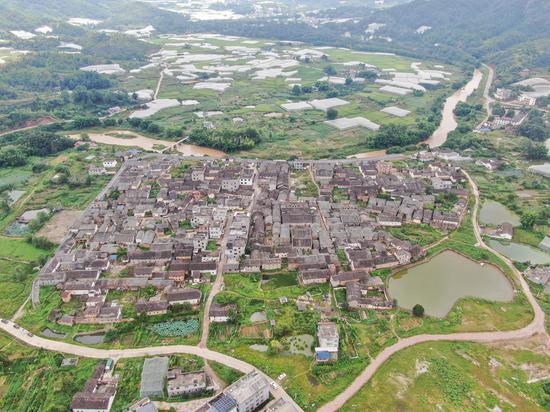
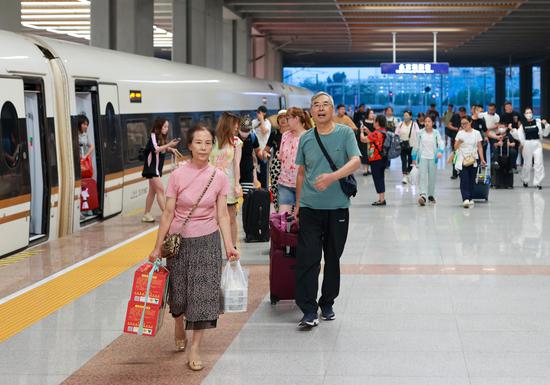



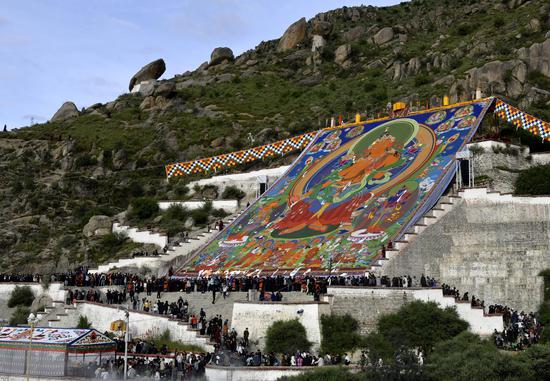
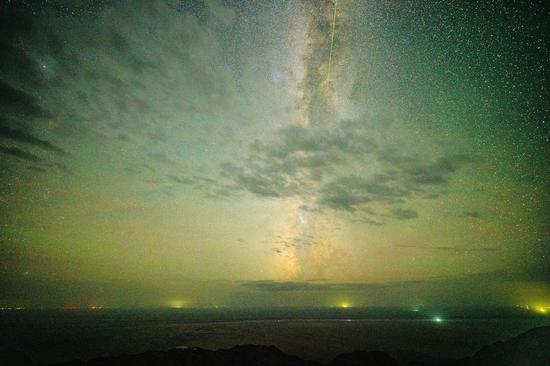
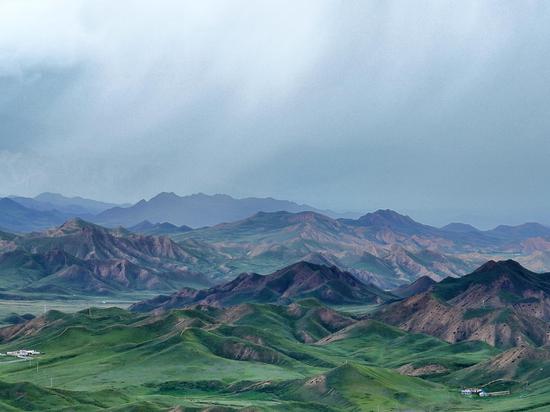

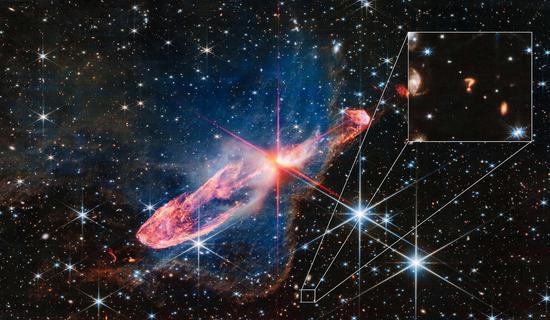
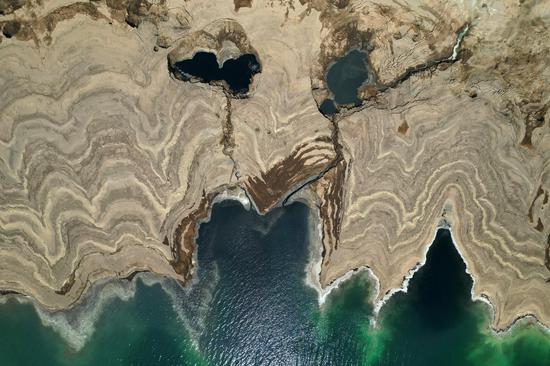



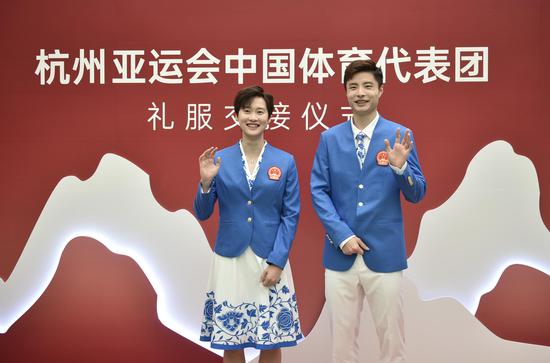
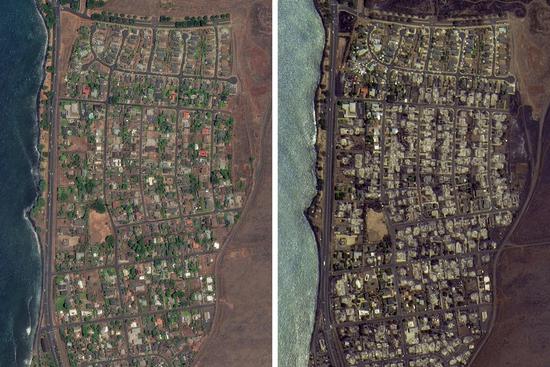
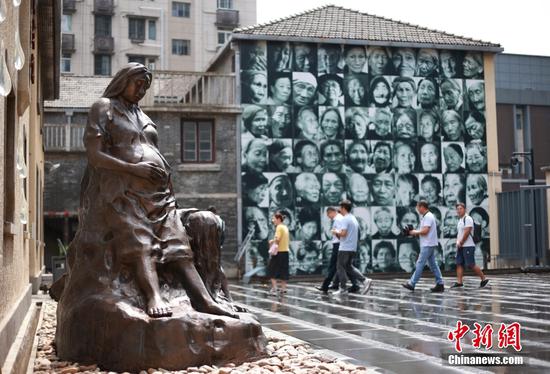
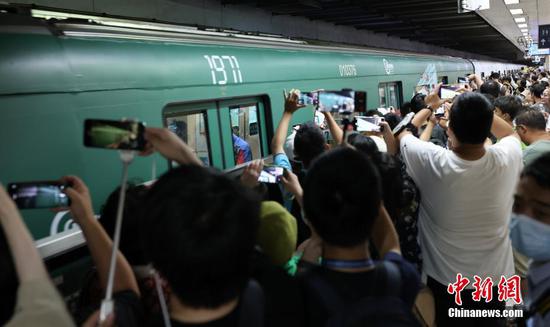
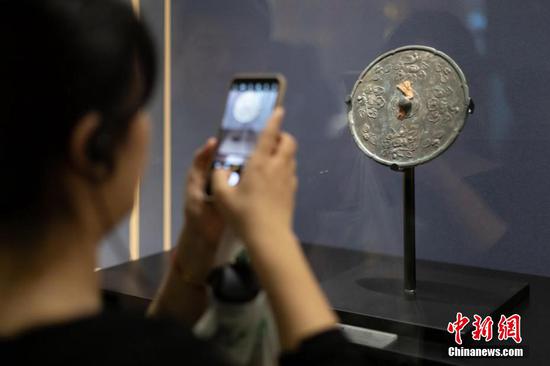
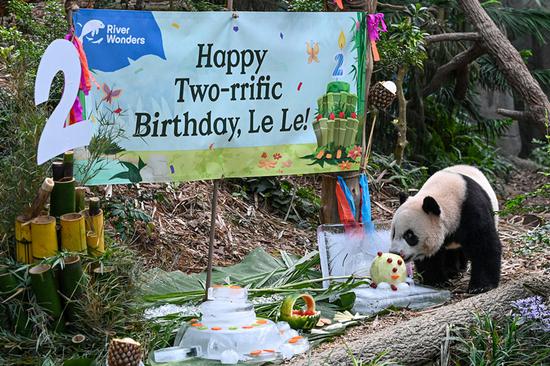
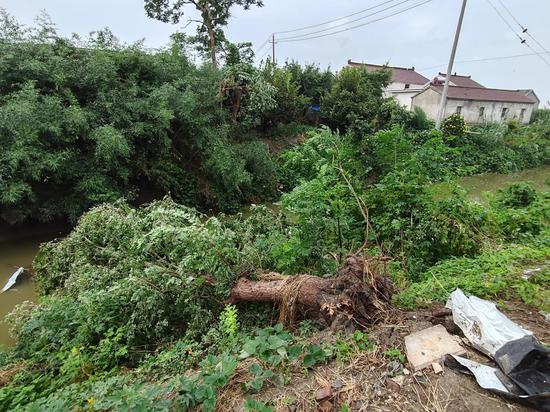
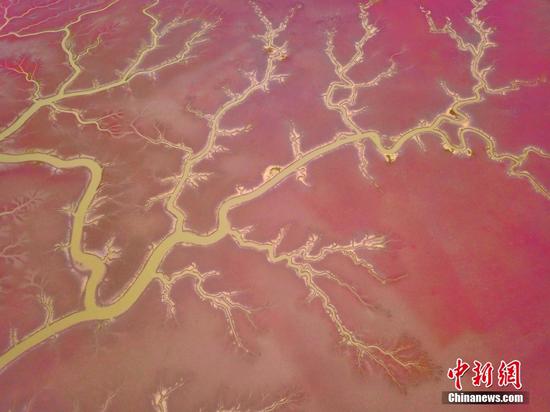
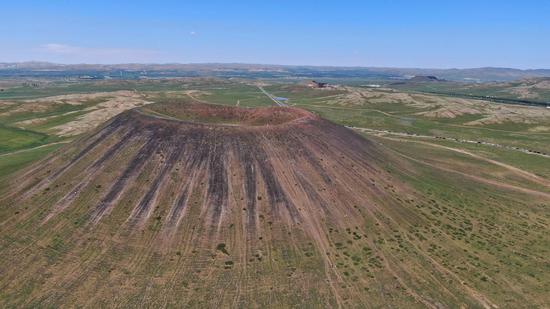
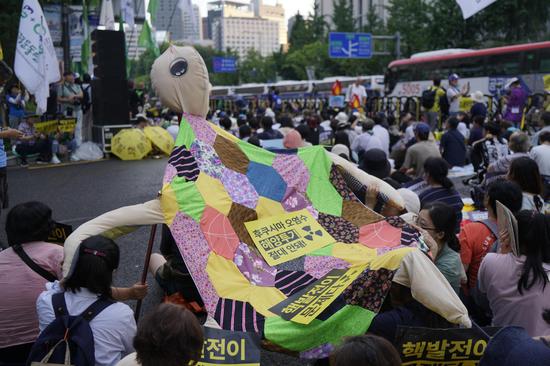
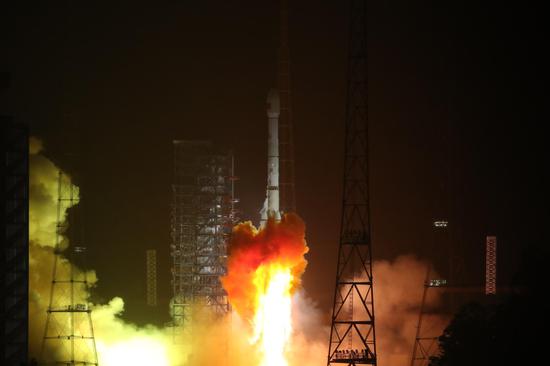





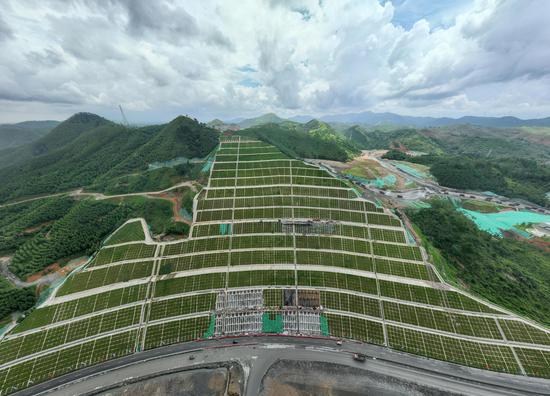
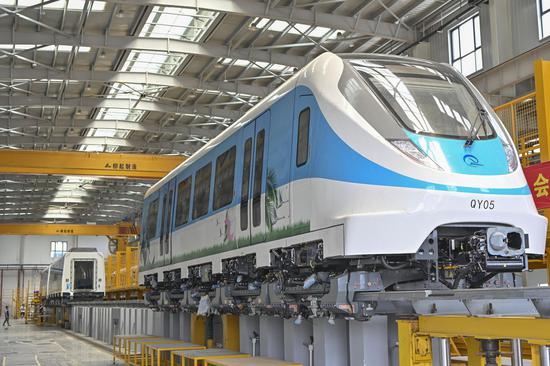
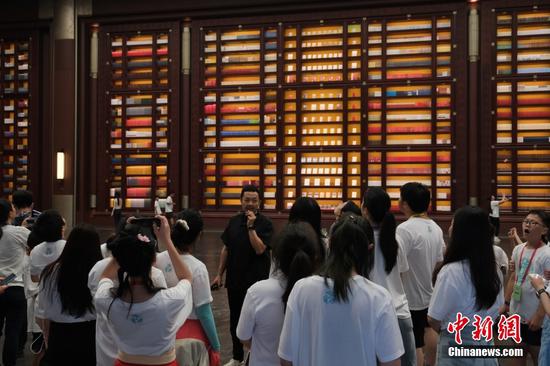

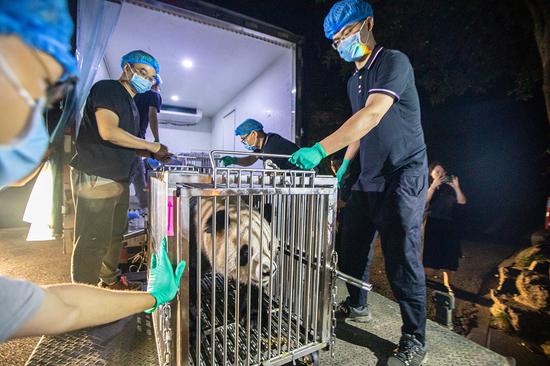
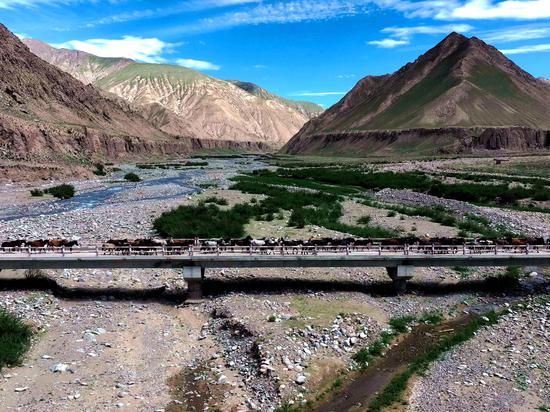

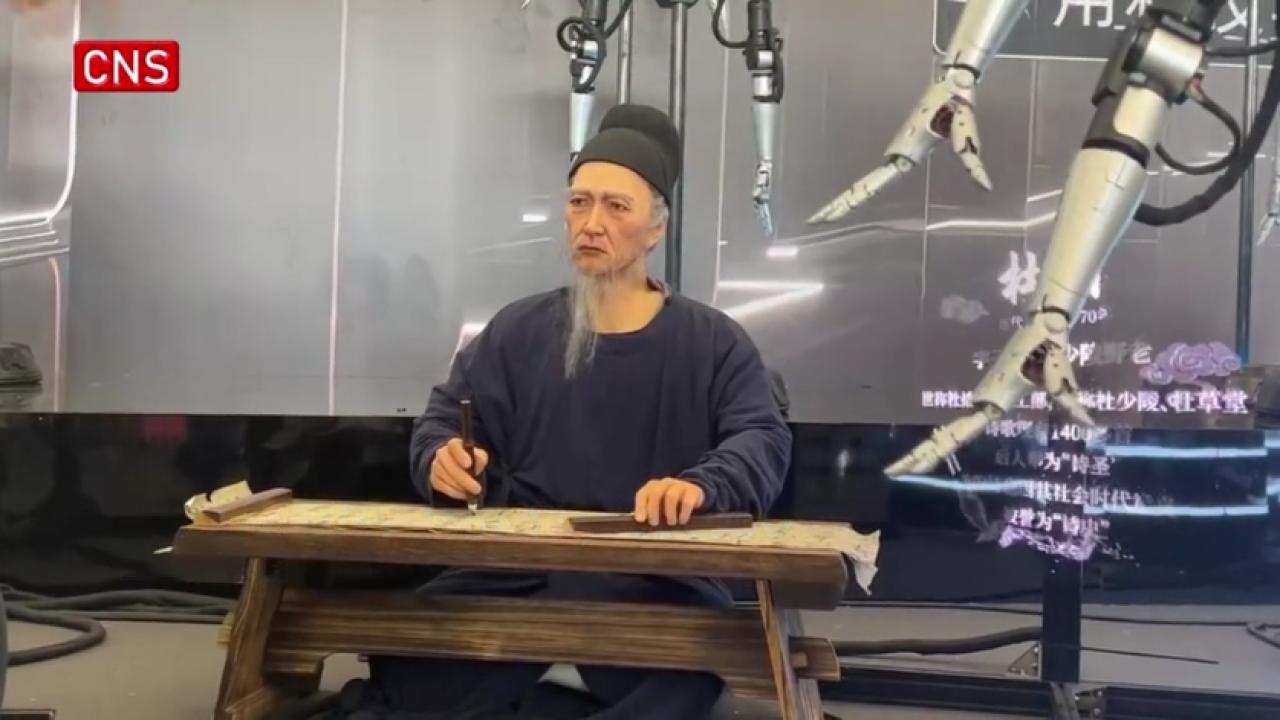



 京公网安备 11010202009201号
京公网安备 11010202009201号